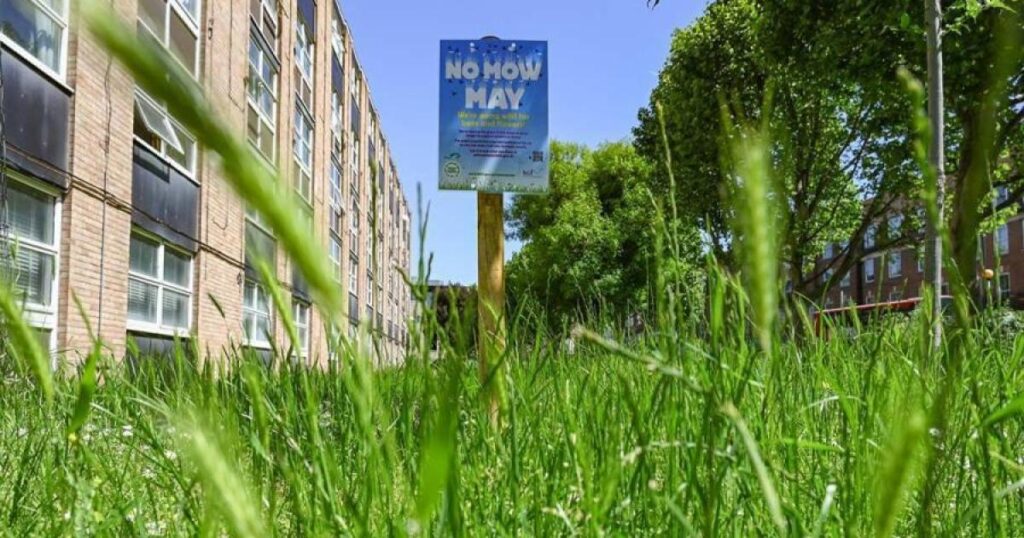No Mow May is an annual campaign encouraging people to refrain from mowing their lawns for the whole month to let wildflowers and other plants to grow, providing a valuable food source and habitat for pollinators like bees and butterflies.
Harrow Council confirmed the decision at a meeting of its Cabinet on April 10 after it was asked whether it would be taking part by relaxing the mowing rules for verges and parks.
Labour’s Cllr Preymana Assad asked why the administration is “disregarding the support for relaxed mowing” from the public consultation and questioned whether, given the potential impact on insects and biodiversity, its commitment to protecting the environment had been “abandoned”.
Cllr Pritesh Patel, who is responsible for cleaner streets and public safety, said: “We will not be taking part in ‘No-Mow May’ and the mowing rules for verges and parks will not be relaxed.”
But she said the council’s commitment to protecting the environment is “far from abandoned”.
Cllr Patel added: “Like most councils, Harrow is keen to promote biodiversity to improve our environment.
“Within our parks and open spaces there are deliberate efforts to improve biodiversity to wilding areas, which has received positive feedback. We do not believe a blanket ban on grass maintenance in May is the right approach or puts residents first.
“To ensure a balance of promoting biodiversity and open spaces which our residents can enjoy, the environmental operations service has a comprehensive grass cutting regime across parks, open spaces, and grass verges to ensure they are presented well and do not look neglected.”
PlantLife, a plant conservation charity who run the No Mow May campaign, claim approximately 97 per cent of flower-rich meadows have been lost since the 1930s, meaning less food and habitat available for wildlife. They suggest that longer grass and wildflowers helps tackle pollution, benefits wildlife, and can lock away carbon below the ground.
In 2023, Harrow Council updated its grass management strategy – moving from a frequent ‘cut and drop’ method to a two to three times a year ‘cut and take’ basis. At the time it claimed that few wildflower species grow quickly enough to bloom between cuts, resulting in declining pollinators and other wildlife that often leave green spaces to become “green deserts”.
It added that allowing areas to grow “a little taller, for a little longer” could make a “very real difference to a wide assortment of bees, beetles, butterflies, moths, hoverflies and other species”.
At the recent cabinet meeting, Cllr Patel said: “We are concerned about biodiversity and where we have opportunities we will identify land and areas where we can let grass grow with wildflowers etc, we are looking into that process. But it’s not going to happen in front of people’s homes and on grass verges in front of streets.”




